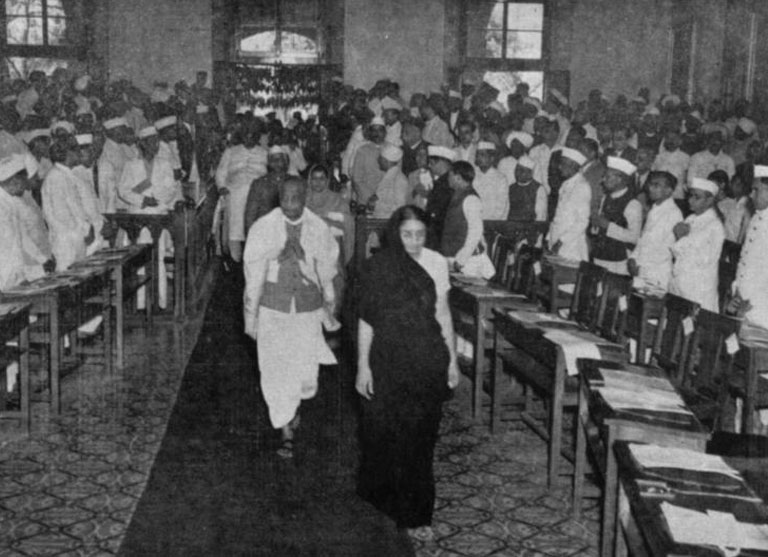
Statue of Unity Tent City

Blog
Uniting a Nation! Sardar Patel's Role in India's Unification
India, a land of rich diversity, was once a mosaic of princely states and territories, each with its ruler and distinct identity. Yet, when it came to achieving independence, one towering figure played a pivotal role in bringing together this diverse tapestry into a single, united nation. This figure was none other than Sardar Vallabhbhai Patel, affectionately known as the "Iron Man of India." In this blog, we delve into the remarkable journey of how Sardar Patel unified a fragmented India into one of the world's largest democracies.
Early Life and Political Awakening:
Sardar Vallabhbhai Patel was born on October 31, 1875, in Nadiad, Gujarat. His early years were marked by a deep commitment to education, which led him to study law in England. It was during this period that he developed a keen interest in politics, eventually returning to India to embark on his political career.
Leadership During the Independence Movement:
Patel was a key figure in the Indian National Congress and played an essential role in the struggle for India's independence from British colonial rule. His commitment to non-violent resistance and unity among Indians made him a formidable leader.
Integration of Princely States:
Perhaps Sardar Patel's most significant and enduring contribution was his role in integrating over 562 princely states into the newly independent India. The process of unification was a monumental task, as these states had varying sizes, cultures, and rulers. Patel's persuasive skills, diplomatic finesse, and unwavering determination were instrumental in convincing these states to join the Indian Union.
The Instrument of Accession:
Patel's strategy involved the use of an "Instrument of Accession," a legal document that allowed princely states to merge with India. Through negotiation, diplomacy, and sometimes coercion, he successfully persuaded most of the princely states to accede to India. The crowning achievement came when the princely state of Hyderabad, with its challenging Nizam, integrated into India.
Preventing Partition:
Patel's efforts extended to preventing the partition of India into multiple nations. He played a crucial role in convincing the princely state of Junagadh, which initially acceded to Pakistan, to join India. His tireless work helped maintain the geographical integrity of the nation.
Legacy and Commemoration:
Sardar Patel's contribution to India's unity is immortalized in the form of the Statue of Unity, a colossal monument that stands as the world's tallest statue. This statue, dedicated to Patel, overlooks the Narmada River, serving as a symbol of his monumental role in shaping modern India.
Sardar Vallabhbhai Patel's legacy as the "Iron Man of India" endures as a testament to his unwavering dedication to the cause of a united and independent India. His vision, leadership, and determination were instrumental in shaping the nation we know today. As we stand in awe of the Statue of Unity, we also pay tribute to the man whose iron will unite a diverse nation and lay the foundation for the democratic, pluralistic, and vibrant India we cherish. Sardar Patel's story is one of inspiration and a reminder that unity, even in the face of immense diversity, can be achieved through vision, courage, and relentless determination.







